Chinese cabbage or Chinese lettuce is a vegetable that is famous for its firm and juicy leaves and pleasant, delicate taste. "Chinese cabbage" contains essential elements, B vitamins, ascorbic acid, fiber, natural sugars, and lutein. It is easy to plant and grow lettuce if you do not make the most common mistakes.
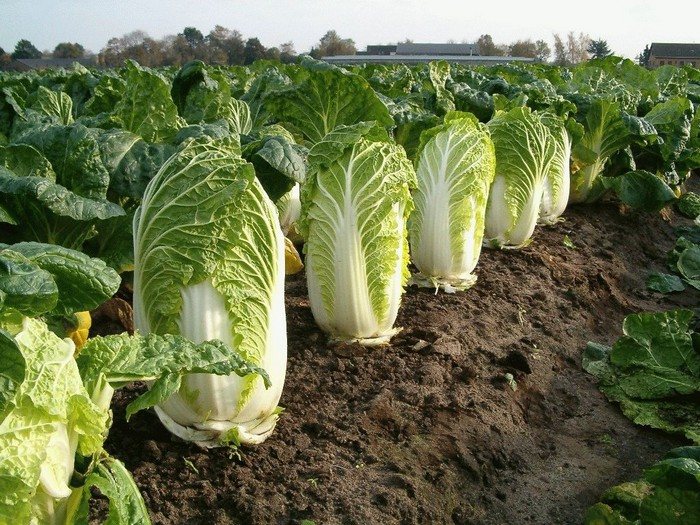
Planting time
Incorrectly chosen planting time is a common mistake that can jeopardize the entire harvest. Chinese cabbage is characterized by rapid ripening. The heads ripen within 30-60 days.
The optimal time for planting "Peking cabbage" depends on the region, climate conditions and the chosen variety. In the south and in the central part, cabbage is planted in early April and in late August - September. In Siberia, early May or late July is suitable for planting.

Growing location
A poorly chosen location is another common mistake. Peking cabbage grows poorly, does not yield a harvest and begins to bloom in beds located in sunny areas.
Partial shade or places protected from strong winds are suitable for growing Chinese lettuce.
Insufficient care
Unlike white cabbage, "Peking cabbage" is more demanding in terms of care.
It needs frequent and abundant soil moisture. Watering is done once a week in the morning or evening hours, using warm water.However, it should be borne in mind that the plant does not tolerate waterlogging and stagnation of water in the beds.
It is not recommended to neglect loosening, mulching, and cleaning the beds from weeds. The soil around young seedlings is loosened for the first time 15–20 days after planting.
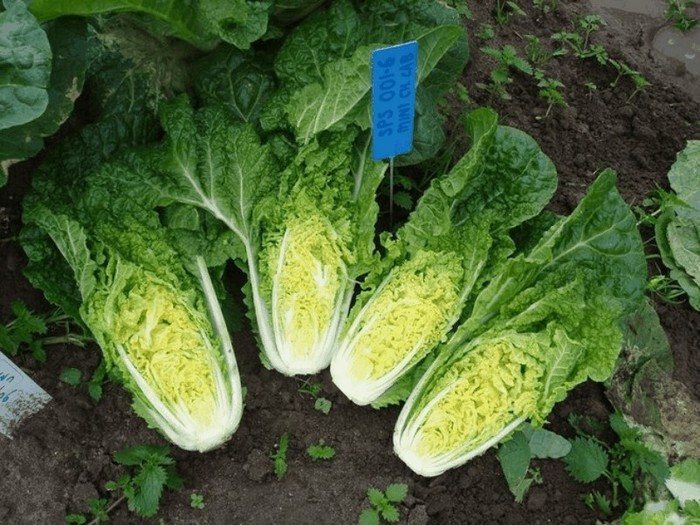
Incorrect feeding
Incorrect feeding or lack thereof is a fairly common mistake made by gardeners. Chinese lettuce responds well and needs to be fertilized twice or even three times a season. The amount of fertilizing depends on the time of planting.
Ready-made enriching mixtures are suitable for this procedure: nitrophosphate, double superphosphate, potassium sulfate and other fertilizers based on nitrogen, phosphorus, magnesium, calcium. You can also use organic and biological fertilizers, such as:
- bird droppings;
- yeast;
- manure;
- wood ash;
- herbal infusion;
- compost;
- peat.
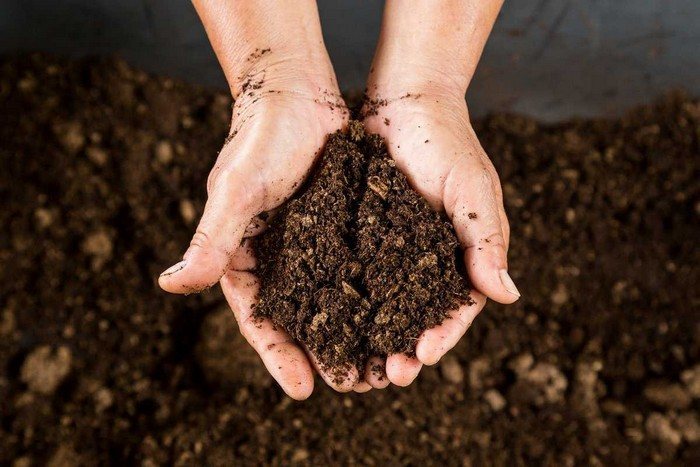
The right place and time of planting, sufficient care and feeding will allow you to get a bountiful harvest of Chinese cabbage and enjoy juicy and crispy heads.


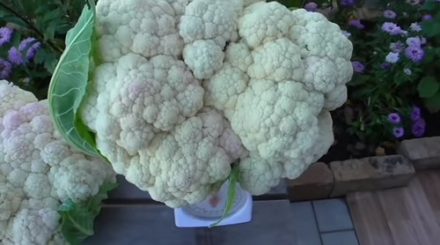
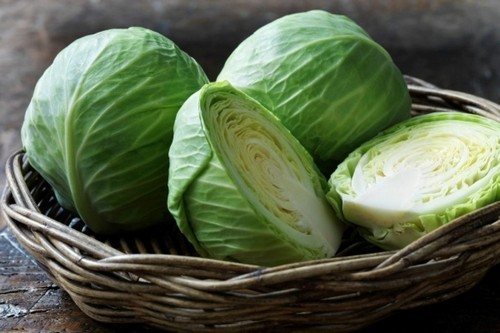
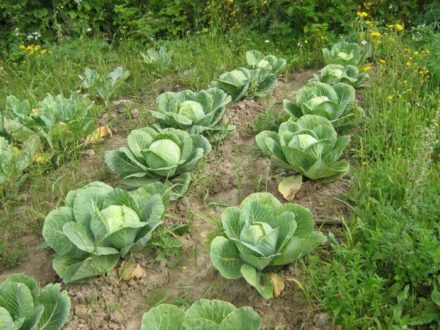
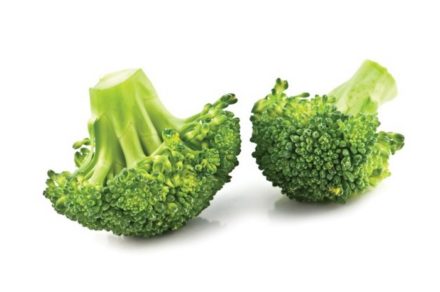
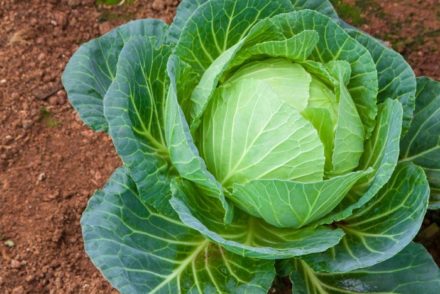
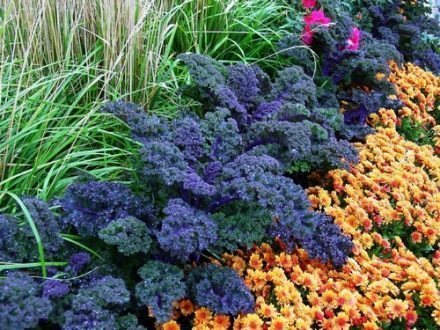
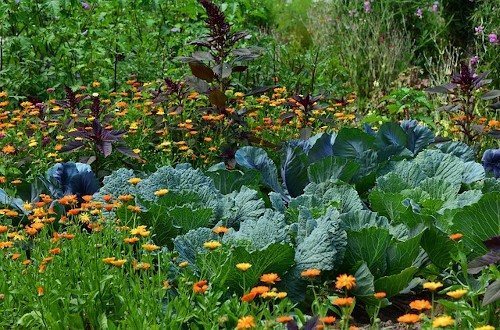

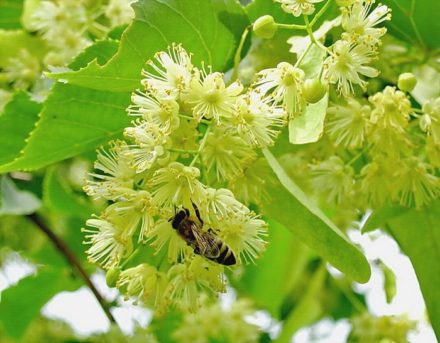
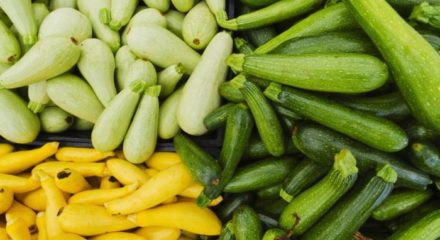
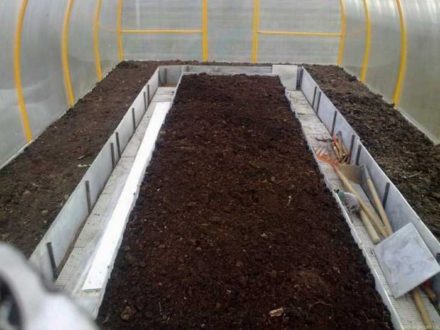
Hello. My Chinese cabbage has started to produce inflorescences that haven’t even formed into mouth yet.